Advertisement
U.N. Task Force Looking Into One Of Next Congo Targets: Islamist ADF
UNITED NATIONS (Reuters) - After the defeat of M23 rebels in eastern Democratic Republic of Congo, United Nations peacekeepers are trying to learn more about one of their next targets in a region overrun by armed groups - the Allied Democratic Forces, Islamist extremists blamed for kidnapping at least 300 people in the past year.
The deployment of a 3,000-strong U.N. Intervention Brigade with an unprecedented mandate to help Congolese forces hunt down rebel groups has been hailed a success after the M23 ended its 20-month revolt earlier this month. Now the brigade - and Congolese troops - are preparing for their next moves.
At the top of the list of dozens of armed groups to be dealt with in resource-rich eastern Congo are the ADF and the Democratic Forces for the Liberation of Rwanda, or FDLR, which includes some Hutus who fled neighboring Rwanda after the 1994 genocide of 800,000 Tutsi and moderate Hutus.
While the aim of the FDLR is to take over Rwanda, the objective of the ADF - which was created to fight the Ugandan government and was initially called the ADF-National Army for the Liberation of Uganda - is less clear.
"The toughest nut of all, they say, is the ADF," a senior U.N. diplomat said on condition of anonymity.
The U.N. peacekeeping force in Congo, known as MONUSCO, has set up a task force to investigate the group, which the International Crisis Group think tank has described as "one of the oldest but least known armed groups ... and the only one in the area to be considered an Islamist terrorist organization."
The preliminary findings of the MONUSCO task force, in a note obtained by Reuters, are that while "it is extremely difficult to estimate what the ultimate objective of the ADF might be ... we cannot allow this group to continue unscathed, the potential threat they represent is too great."
"One must also remember the ADF has been known to dabble in terrorism in the nineties, and such an evolution should not be ruled out," the task force note said. "A military intervention against the ADF is necessary, and could be successful, as they were, relatively, in 2005 and 2010, if well prepared."
FOREIGN TRAINERS
Aside from a military offensive, the task force said the Congolese and the United Nations must cut off the ADF's financing and access to weapons, ammunition and supplies, and win the support of the Congolese people in territory held by the
ADF.
The Ugandan government says the ADF is allied to elements of Somalia's al Shabaab movement, an al Qaeda-linked group whose name means "The Lads" in Arabic. The U.N. task force said that during an attack on a town in eastern Congo, witnesses said, "Each small group of ADF fighters included one bearded man who was speaking Arabic."
The task force said that ADF training videos discovered in an apartment in Nairobi more than a year ago and during a Ugandan raid in July on an island in Lake Victoria, which was thought to be deserted but was actually an ADF youth training camp, showed that "military training is intense."
"As is visible in the videos, most of the trainers are foreigners, seemingly either from Somalia or Sudan," according to the task force. A U.N. Group of Experts, which monitors violations of sanctions on Congo, said in an interim report in July that former ADF soldiers told them that foreign trainers taught them how to assembly improvised explosive devices.
CHILD RECRUITS
The task force said that while it was difficult to assess the size of the group, the force now appears to have between 1,200 and 1,400 fighters. That puts it around the same size as the FDLR, according to MONUSCO figures, and both groups are several hundred fighters larger than the M23 group was thought to be.
But the task force also warned, "If you add the families (let us not forget that women and children undergo military training as well) the figures are between 2,800 and 3,400. It is estimated around 40 percent are Congolese."
Children are also recruited through mosques in eastern Congo and reportedly Uganda and Tanzania with false promises of jobs, English lessons and other inducements, the task force said, while another source of recruitment is kidnappings.
"The sharp expansion in the number of kidnappings since last November is impressive, probably close to 300 to date, and increasing daily. None of the kidnapped persons have ever been heard of again, no bodies found, and no demands for ransom received," said the task force, adding that some people were likely kidnapped for their skills.
The ADF has been able to obtain shoulder-fired ground-to- air weapons, as well as .107-caliber artillery, the note said.
"These developments, compounded by the fact that the ADF has never hesitated to fire on MONUSCO (indeed, during training they are told to do just that) are of course extremely worrying, and trying to find out more about the supply lines must be a priority," the task force said.
The ADF gets most of its money from the timber industry and gold, which is smuggled into Uganda and sold, and the group is led by Ugandan Jamil Mukulu, who has been subjected since 2011 to U.N. sanctions - an asset freeze and travel ban.
The U.N. experts said in their July report that Mukulu had been primarily based in the Congo.
Martin Kobler, head of the 19,850-member U.N. mission in Congo, has said the United Nations was ready to use Intervention Brigade against the ADF and the other armed groups. "We have teeth and we are using those teeth," he said.
(Reporting by Michelle Nichols; Editing by Peter Cooney)

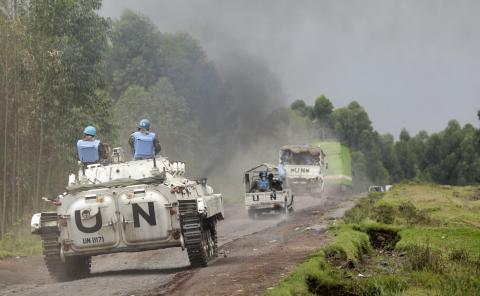
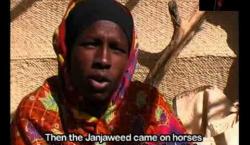
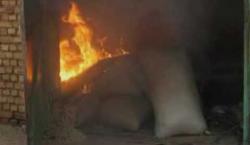
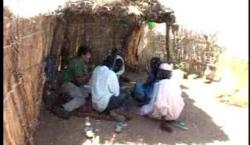

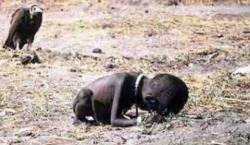
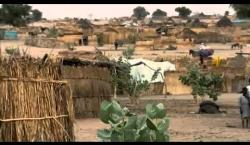
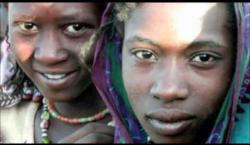

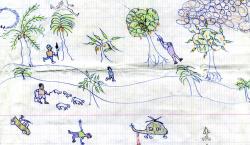
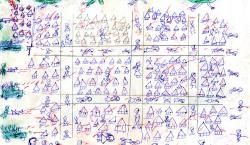




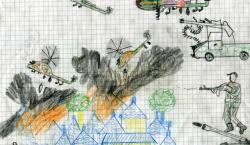
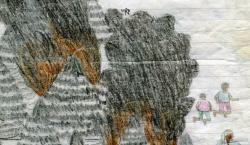
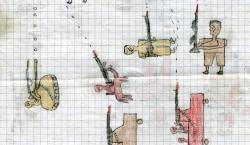
Add new comment